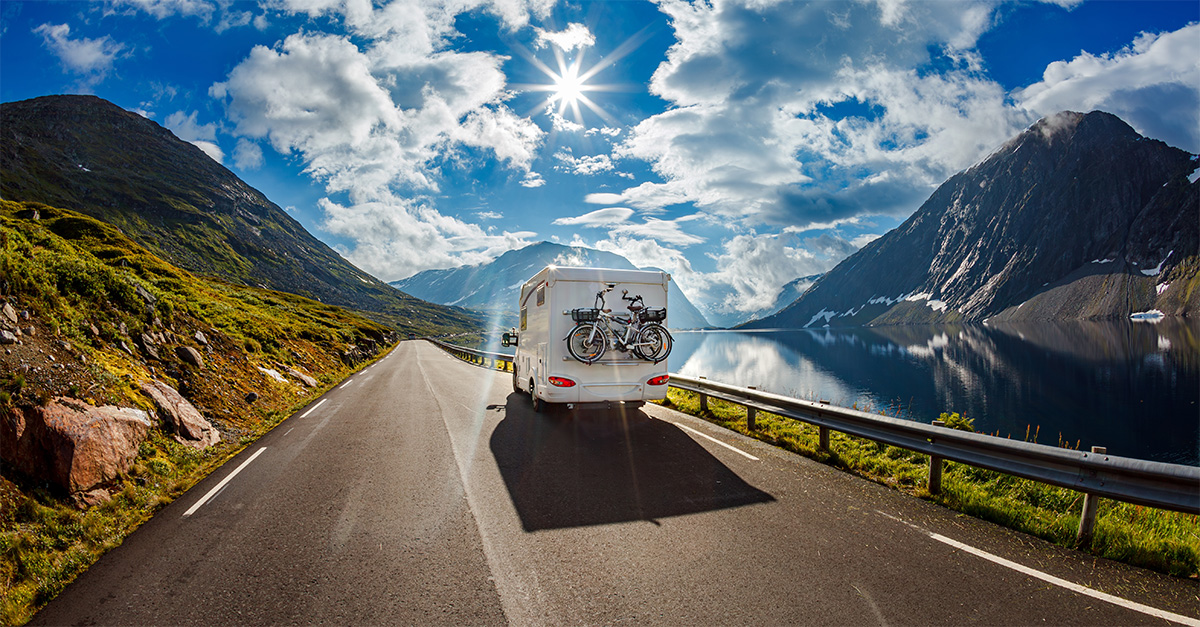Katie McGonagle tours India’s Golden Triangle to see what makes it shine
Like this and want more details? Click here to download and save as a PDF.
“If you want to drive in India, you need three things,” said our guide. “Good brakes, good horn and good luck.”
He wasn’t kidding. As we sped along the frenetic streets of New Delhi, weaving in between overflowing rickshaws, scooters with families of four perched perilously on the back, plus pedestrians, cyclists and the odd donkey and cart, I felt a thrill of excitement: I was in India at last.
It’s been top of my travel list for longer than I can remember, so when I finally embarked on a tour of the Golden Triangle around Delhi, Agra and Jaipur – the latest addition to Major Travel’s India portfolio – it was everything I’d hoped for and more.
NEW DELHI: A CHAOTIC CAPITAL
Every journey starts with a first step, or in this case, a Jet Airways flight from Heathrow. Of course, that was the calm before the storm and as we hit the streets of the capital, it was a whirlwind of activity.
I soon gave up trying to work out the rules of the road, where overtaking means honking your horn until the vehicle in front moves aside, and began to be enthralled by India. Chandni Chowk, a street market, was a riot of colour.
From a pedal-powered rickshaw, we watched sari-clad women measuring lengths of silk in deep purple, peacock blue and jade, admired colourful wedding bangles and jewels, and saw street vendors giving out bowls of mango and samosa-style snacks.
Overlooking the market is the impressive Jama Masjid, built in 1650 and still the largest mosque in India, featuring rich red sandstone and sparkling chandeliers.
Other sightseeing highlights include the majestic parliament buildings, memorial to fallen soldiers at India Gate, and the inspiring ancient site of Qutb Minar. Shopaholics should also stop at the city’s thriving markets for stunning fabrics and souvenirs.
ANCIENT AGRA
Some places punch well above their weight in world-class attractions and Agra is definitely one of them.
The big draw is the Taj Mahal (pictured below), a vast white marble mausoleum completed in 1653. There is no more magical time than sunrise, when visitors can watch the dome reflect the pinkish tones of dawn. It’s filled with the most intricate architectural details like diamond-cut stone at the entrance and fine marble inlay at every turn.
Agra Fort is another impressive affair, with a siege-proof red sandstone gateway giving way to a sprawling estate of peaceful courtyards and beautiful city views. Don’t miss the ‘Baby Taj’, Tomb of Akhbar, and the imperial complex of Fatehpur Sikri.

JEWELS OF JAIPUR
The Pink City is known for its coloured stones, but also local handicrafts include block-printing fabrics and hand-weaving carpets. The 18th-century city feels surprisingly modern, with wide, straight streets – at least until you spot camels walking by or barbers cutting hair at the roadside.
The steep cobbled road up to the Amber Fort is best negotiated atop an elephant, and as we approached, the exotic strains of the traditional ravanahatha filled the air. I thought nothing could top the sights I’d seen, but I gazed in awe at the ‘mirror palace’, a covered courtyard where tiny mirrors reflect an amazing display of brightly-coloured jewels.
The City Palace has a different vibe from monuments in the north; visit the on-site arts school preserving traditional crafts, cross the road to Jaipur Observatory, then pass by the Water Palace, featured in Judi Dench movie The Best Exotic Marigold Hotel.




